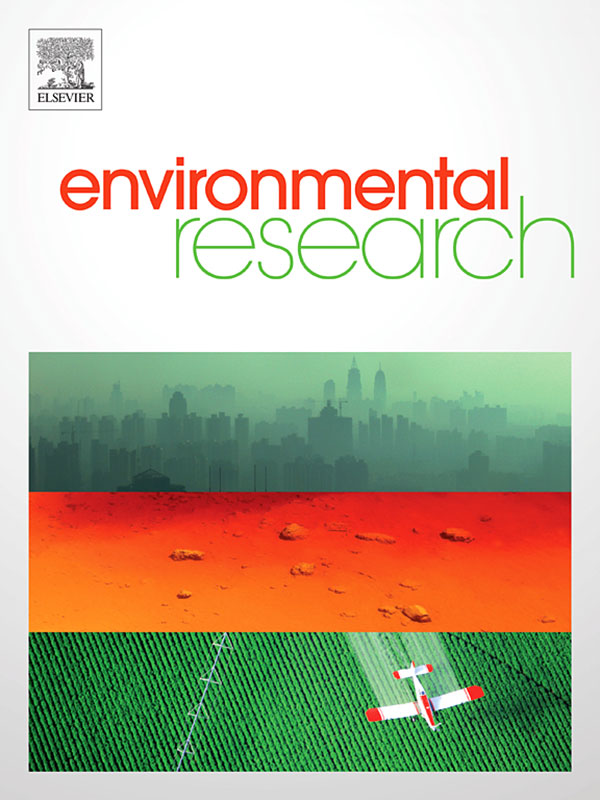Research Article
The health benefits of the great outdoors: A systematic review and meta-analysis of greenspace exposure and health outcomes
Publication Date:
DOI: https://doi.org/10.1016/j.envres.2018.06.030
Abstract
Background
The health benefits of greenspaces have demanded the attention of policymakers since the 1800s. Although much evidence suggests greenspace exposure is beneficial for health, there exists no systematic review and meta-analysis to synthesise and quantify the impact of greenspace on a wide range of health outcomes.
Objective
To quantify evidence of the impact of greenspace on a wide range of health outcomes.
Methods
We searched five online databases and reference lists up to January 2017. Studies satisfying a priori eligibility criteria were evaluated independently by two authors.
Results
We included 103 observational and 40 interventional studies investigating ~100 health outcomes. Meta-analysis results showed increased greenspace exposure was associated with decreased salivary cortisol −0.05 (95% CI −0.07, −0.04), heart rate −2.57 (95% CI −4.30, −0.83), diastolic blood pressure −1.97 (95% CI −3.45, −0.19), HDL cholesterol −0.03 (95% CI −0.05, <-0.01), low frequency heart rate variability (HRV) −0.06 (95% CI −0.08, −0.03) and increased high frequency HRV 91.87 (95% CI 50.92, 132.82), as well as decreased risk of preterm birth 0.87 (95% CI 0.80, 0.94), type II diabetes 0.72 (95% CI 0.61, 0.85), all-cause mortality 0.69 (95% CI 0.55, 0.87), small size for gestational age 0.81 (95% CI 0.76, 0.86), cardiovascular mortality 0.84 (95% CI 0.76, 0.93), and an increased incidence of good self-reported health 1.12 (95% CI 1.05, 1.19). Incidence of stroke, hypertension, dyslipidaemia, asthma, and coronary heart disease were reduced. For several non-pooled health outcomes, between 66.7% and 100% of studies showed health-denoting associations with increased greenspace exposure including neurological and cancer-related outcomes, and respiratory mortality.
Conclusions
Greenspace exposure is associated with numerous health benefits in intervention and observational studies. These results are indicative of a beneficial influence of greenspace on a wide range of health outcomes. However several meta-analyses results are limited by poor study quality and high levels of heterogeneity. Green prescriptions involving greenspace use may have substantial benefits. Our findings should encourage practitioners and policymakers to give due regard to how they can create, maintain, and improve existing accessible greenspaces in deprived areas. Furthermore the development of strategies and interventions for the utilisation of such greenspaces by those who stand to benefit the most.
